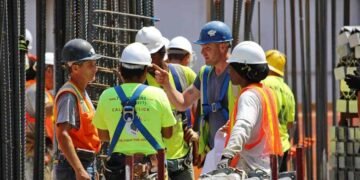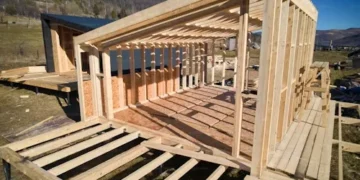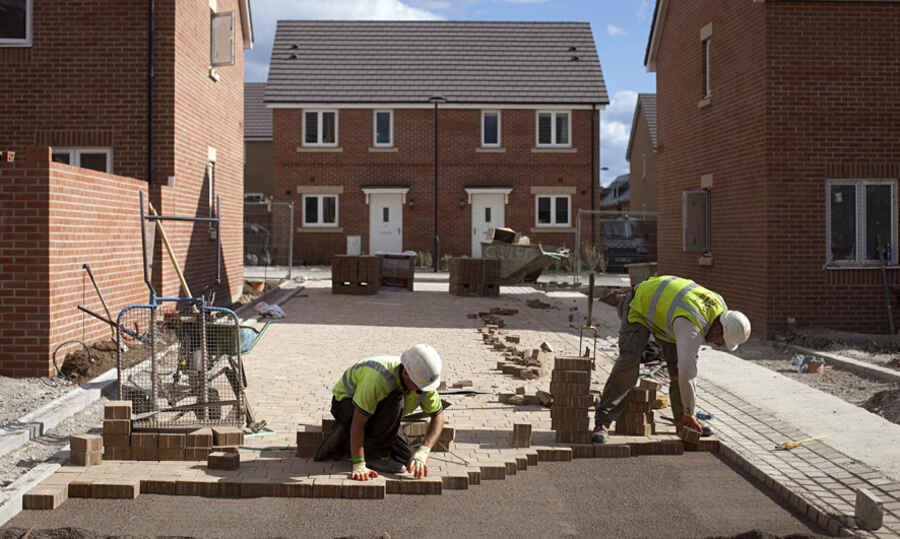Using rebar may not always be necessary for a residential concrete slab, but it can dramatically increase its strength and longevity.
Here are some tips for adding rebar to your concrete slab for extra support and strength.
Take the Time to Plan Your Project
Staying organised is important for any project. Yet, a lack of organisation has an outsized impact when managing construction projects. If you make a mistake, you increase the risk of structural issues arising later.
Depending on the size of the project, think about consulting with engineers or other construction professionals. You can get expert guidance for selecting the right type, size, and spacing of rebar or mesh.
Choose the Right Type of Steel Rebar
Rebar comes in many sizes and grades. The size and spacing of the bars impact the load capacity of the concrete.
The sizes range from 3mm to 10mm and come in different lengths. The grades of rebar vary based on the yield strength of the material. A higher grade means a stronger rebar.
You need to pick between standard steel reinforcing bars and welded wire reinforcement (WWR), which is also called mesh rebar. Mesh rebar consists of reinforcing bars in a grid pattern. The opening size can range from 50mm to 250mm.
For example, A142 mesh is made with 6mm wires spaced 200mm apart. It is a light-duty wire mesh with high tensile strength used for domestic concrete projects, including concrete slabs.
Using wire mesh adds more strength and support for your project but costs a little more up front. Yet, it is also easier to install. It could help cut down on labour and the timeframe for completion. You can save time and money.
Prepare the Subgrade for a Stable Foundation
Preparing the ground beneath the concrete helps create a stable foundation for the slab. This involves several steps.
You first need to remove the topsoil and any vegetation such as trees, bushes, or roots from nearby plants. You will also likely need to dig down a few centimetres.
Take into consideration the thickness of the patio and the depth of the subbase. The subbase is typically comprised of crushed gravel. A powered or hand tamper is used to compact the gravel and create a flat surface.
For the typical concrete patio, the subbase may be about 10cm thick. You may also add a short layer of sand to ensure a flat surface for the concrete.
Reinforce Your Form with Bracing
Pouring a concrete slab requires a wood form to hold the mix in place as it hardens. The formwork is typically put together with thick pieces of lumber nailed to corner stakes.
Carefully reinforce the wood form. The weight of the concrete could cause it to collapse, which would allow the mixture to run free.
Try placing additional posts placed perpendicular to the main boards for extra bracing. If your main boards are not long enough, you can connect multiple lengths of wood using cleats. A cleat is made from wood or metal and acts as a brace.
Prevent Sagging with Chairs or Supports
You can use rebar chairs or mesh supports to keep the bars in place as you pour concrete. Reinforcing bars can sag from the weight of the concrete.
Sagging lowers the strength of the slab after it hardens. This can create channels for moisture to travel and increase the risk of cracks.
The supports sit below the steel bars to hold them up. They should be spaced at regular intervals throughout the entire structure to prevent sagging.
Quickly Smooth the Surface of the Concrete
Carefully pour the concrete mix over the rebar or mesh. It should flow evenly and fully encapsulate the steel bars.
You also need to work quickly when pouring concrete, as it sets within about two hours of mixing. Be ready to start pouring and levelling the concrete as soon as you finish mixing it.
After pouring the concrete, immediately flatten the top of the slab with a concrete screed or a large, flat board. A hand trowel may also be used to finish some of the rougher areas.
Avoid working the concrete too much. You simply want to smooth out the surface.
Give the Concrete Time to Fully Cure
Most concrete mixes are cured enough for light foot traffic within about 48 hours, but waiting longer is always recommended. It can take closer to 28 days for the concrete to fully harden.
The longer that you wait before putting weight on the concrete slab, the less risk of it cracking or breaking.
You also want to keep the concrete from drying out too fast. The concrete may become a little more brittle if it dries out too quickly.
Final Words
Covering the work area with plastic sheeting can help lock in moisture and allow the concrete mix to harden at a good pace.
Recommended Posts:















